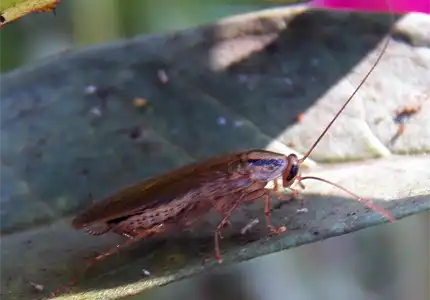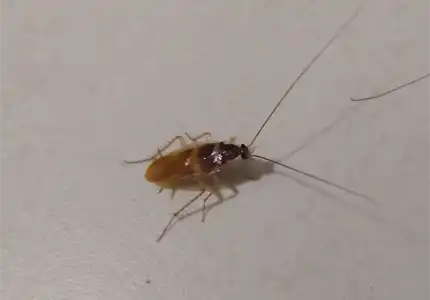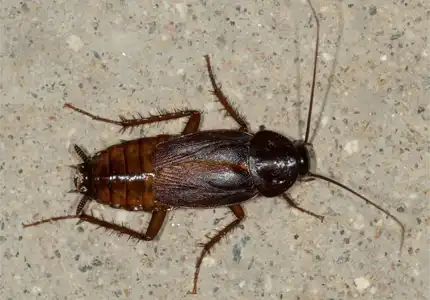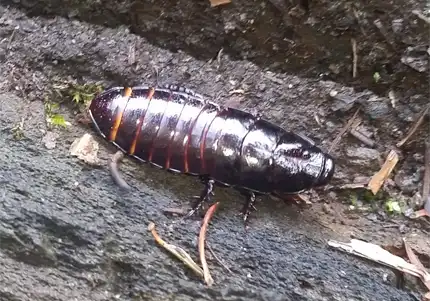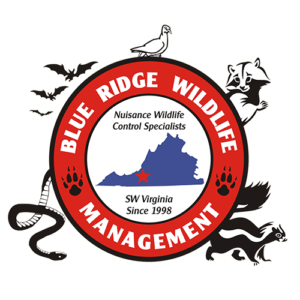
Roaches in Virginia
Roaches have a distinctive anatomy that allows them to adapt to a wide range of environments. They have six legs, two antennae, and a flattened, oval-shaped body. Roaches are also known for their ability to crawl quickly and easily through small crevices and narrow spaces.
The life cycle of a roach consists of three stages: egg, nymph, and adult. Female roaches lay eggs in a protective casing called an ootheca. The ootheca is carried by the female until the eggs hatch into nymphs. Nymphs resemble adult roaches but are smaller and lack wings. They molt several times as they grow and develop into adults.
The time it takes for a roach to reach adulthood varies depending on the species and environmental conditions. Some species can reach maturity in as little as a few weeks, while others take several months.
Once a roach reaches adulthood, it can live for several months to a year or more. During this time, the roach will mate and lay eggs, perpetuating the life cycle.
Understanding the anatomy and life cycle of roaches in Virginia can be helpful in developing effective control strategies. Targeting eggs and nymphs can be an effective method for controlling infestations before they become established. It is also important to eliminate potential food and water sources and seal off entry points to prevent future infestations.

Egg

Nymph
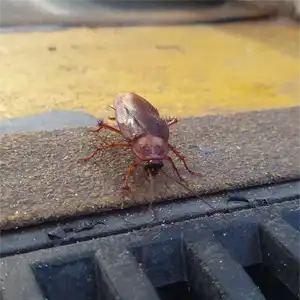
Adult
Roaches are adaptable insects that can be found in a variety of different habitats in Virginia. They are commonly found in urban areas, such as homes, restaurants, and other buildings, but can also be found in rural areas, such as farms and barns.
Roaches require food, water, and shelter to survive, and will seek out environments that provide these resources. They are often found in damp, dark areas such as basements, crawl spaces, and sewers. Roaches are also attracted to food sources, such as crumbs, grease, and garbage, and can be found in kitchens and other areas where food is prepared and stored.

Cockroaches are known for their ability to survive for long periods without food and water, making them resilient pests.
Some species, such as the American cockroach, are attracted to sugary foods and are often found in areas with spilled soda or other sweet liquids.
German cockroaches, on the other hand, are attracted to starchy foods and are commonly found in areas with crumbs or food particles, such as on countertops or in appliances.
Additionally, some species of roaches, such as the brown-banded cockroach, are known to eat materials such as books, wallpaper, and clothing, making them a potential threat to personal belongings.
While roaches are generally considered a nuisance, they can also pose health risks as they are known to carry bacteria and pathogens that can cause illness. Regular cleaning and sanitation practices can help to prevent roach infestations and reduce the risks associated with these pests.
Do You Have a Cockroach Problem?
Learn more about our Cockroach Removal Program or call us at (540) 776-1769



